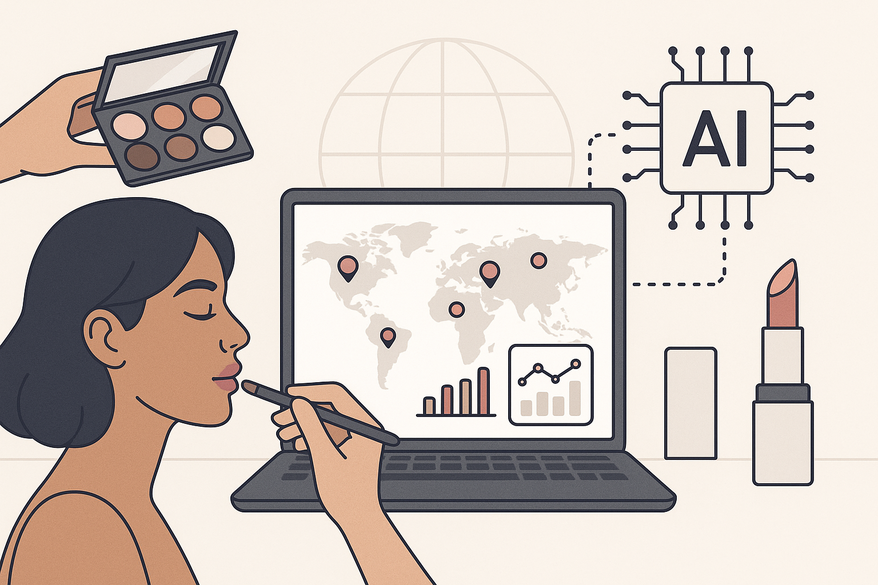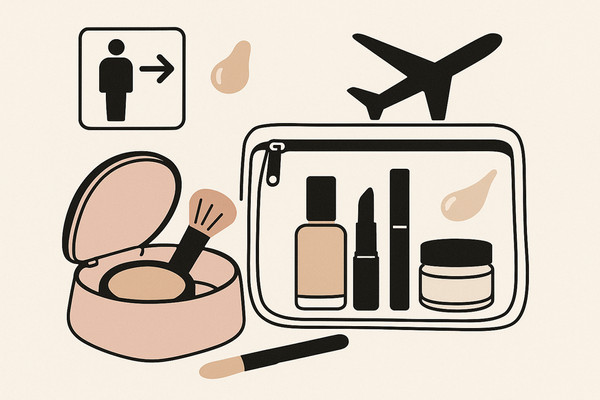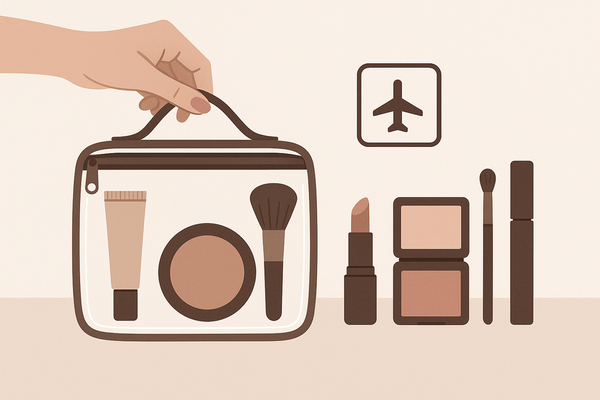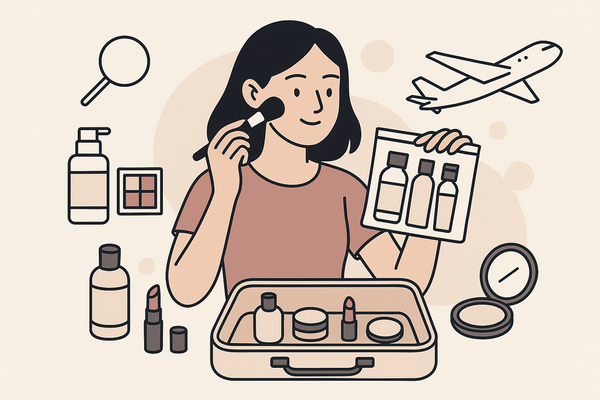Global Makeup Trend Analysis AI: Unlocking Beauty Insights Worldwide
Discover how global makeup trend analysis AI is transforming the beauty industry with real-time insights and regional preferences, leading to innovation and personalization.

Estimated reading time: 10 minutes
Key Takeaways
- Real-time insights: AI leverages big data from social media, sales, and reviews for actionable beauty trends.
- Predictive analytics: NLP and forecasting models identify emerging ingredients and demand by region.
- Proven ROI: Case studies from L’Oréal, Shiseido, and others demonstrate faster formulation and sales lifts.
- Future innovations: Advanced neural networks, IoT skin sensors, and dynamic formulation tweaks are on the horizon.
- Strategic advantage: Brands can achieve hyper-personalization, shorter R&D cycles, and precise global messaging.
Table of Contents
- Why Global Analysis Matters
- Makeup Trend Evolution & the Data Deluge
- AI Technologies Powering Trend Analysis
- Regional Makeup Trends & Emerging Ingredients
- Data Sources Fueling AI Insights
- AI Case Studies & Beauty Brands Using AI
- The Future of AI-Driven Makeup Trend Analysis
- Conclusion & Key Takeaways
Why Global Analysis Matters
Consumer preferences, cultural influences, and regional beauty standards vary widely. Without a global lens, manual reports can be slow and biased. AI steps in to:
Challenges of manual analysis:
- Scale: Thousands of products and millions of posts overwhelm human teams.
- Speed: Reports take weeks or months to compile.
- Bias: Over-representation of one region or platform skews insights.
AI’s role:
- Pattern recognition: Links ingredients to consumer reactions at scale.
- Sentiment tracking: Monitors mentions in multiple languages in real time.
- Demand forecasting: Predicts spikes for new formulas months ahead.
For a detailed comparison of traditional and AI-powered analysis, see our deep dive.
Makeup Trend Evolution & the Data Deluge
A journey from ancient beauty rituals to today’s hyper-customized products:
- Ancient rituals: Ocher, kohl, plant dyes.
- 20th century: Mass cosmetics, celebrity endorsements.
- 21st century: Customization, ingredient transparency, hybrid skincare/cosmetics.
Manual tracking couldn’t keep pace with millions of daily social posts or balance diverse cultural contexts. Big data analytics now processes billions of data points in hours, not weeks.
AI Technologies Powering Trend Analysis
Key methods include:
- Machine Learning
- Tracks millions of social posts for early trend signals.
- Clusters new product launches by visual features (color, packaging).
- Natural Language Processing (NLP)
- Classifies reviews by sentiment score.
- Extracts mentions of terms like “microbiome-friendly” or “blue-light protection.”
- Big Data Analytics
- Normalizes sales figures across retailers and regions.
- Identifies SKU-level demand spikes tied to marketing campaigns.
- Predictive Analytics
- Forecasts ingredient popularity six months ahead.
- Maps regional variations in finish preferences (dewy vs. matte).
Technical detail: NLP models assign sentiment scores by counting positive mentions (e.g., “love,” “hydrating”) versus negative mentions (“breakout,” “too thick”).
Consumer-facing apps like Makeup Check AI showcase real-time personalized analysis.
Regional Makeup Trends & Emerging Ingredients
AI-detected patterns highlight clear regional preferences and breakthrough actives:
- Regional Preferences
- Southeast Asia: Lightweight, dewy formulas for humid climates.
- Western Europe: Organic and natural ingredients.
- North America: Hybrid skincare-cosmetics (tinted moisturizers).
- Emerging Ingredients
- Bioengineered actives (plant stem cell extracts).
- Microbiome-friendly compounds (postbiotic serums).
- Blue-light protection peptides.
- Product Shifts
- Lip care mentions up 35% year-over-year, overtaking traditional lipstick.
- Requests for customizable palettes rising 50%.
Metrics used:
- Volume of social mentions per region.
- Sentiment scores for key ingredients.
- Sales growth rates by SKU and category.
Data Sources Fueling AI Insights
Accurate analysis requires high-quality inputs:
- Social Media (Instagram, TikTok, Weibo)
- Hashtag analysis for real-time trend detection.
- Viral challenge tracking via sentiment engines.
- E-Commerce & Retail Sales
- Transaction logs reveal SKU-level spikes.
- Price sensitivity analysis across markets.
- Online Reviews & Forums
- Detailed feedback on texture, fragrance, packaging.
- Sentiment clustering highlights pain points and delights.
- User-Generated Content & Consultations
- Shade recommendation algorithms refine forecasts.
- Profile segmentation (age, skin tone, lifestyle) personalizes insights.
AI Case Studies & Beauty Brands Using AI
Industry leaders showcase measurable results:
- L’Oréal Idea Lab
- AI gap analysis engine uses global social mentions and sales history.
- Outcome: 20% faster formulation and a 15% sales lift.
- Shiseido Skincare Advisor
- AI-driven shade and ingredient selector analyzes 500,000+ profiles.
- Outcome: 30% increase in custom foundation sales.
- Prose Personalized Regimens
- AI consultation platform uses consumer questionnaires and climate data.
- Outcome: 40% repeat purchase rate for custom haircare.
- Fast Pivots in Product Strategy
- Budgets shifted to lip care and hybrid products within weeks of AI alerts.
- Sales growth of 25% in newly launched lip serums.
These case studies prove faster time-to-market and stronger consumer engagement.
The Future of AI-Driven Makeup Trend Analysis
The beauty industry is poised for deeper intelligence and real-time adaptation:
- Advanced Neural Networks
- Micro-trend detection through deeper pattern recognition.
- Integration of AR/VR image and voice data.
- Emerging Data Streams
- IoT skin sensors feeding hydration and pH levels.
- Live feedback during virtual try-ons.
- Dynamic Formulation Tweaks
- Real-time ingredient adjustments based on social response.
- Instant A/B testing on digital shelves.
- AI-Generated Molecule Discovery
- Predictive pipelines proposing novel actives.
- Accelerated patent cycles and R&D.
Benefits:
- Hyper-personalization at scale.
- Shorter R&D cycles with precise market fit.
- More accurate segmentation and messaging worldwide.
Conclusion & Key Takeaways
AI enables scalable, precise, and timely global makeup trend analysis. Brands gain:
- Rapid innovation through data-driven strategies.
- Clear market fit via regional and ingredient insights.
- Personalized consumer offerings tailored to individual needs.
Action Steps:
- Pilot an AI trend analysis platform.
- Benchmark ingredient and texture preferences across target markets.
- Integrate AI insights into R&D and marketing roadmaps.
Stay ahead in the beauty industry by adopting AI-driven insights today.
FAQ
- What is global makeup trend analysis AI?
- It’s the use of artificial intelligence to collect, analyze, and forecast beauty trends across global markets for data-driven product strategies.
- How do beauty brands benefit?
- Brands gain real-time insights into consumer preferences, accelerate innovation, tailor products regionally, and improve ROI.
- Which AI technologies are most important?
- Machine learning for pattern detection, NLP for sentiment analysis, big data platforms for scale, and predictive models for forecasting.
- What does the future hold?
- Advanced neural networks, IoT skin sensors, dynamic formulation tweaks, and AI-generated molecule discovery will drive next-gen beauty innovation.




